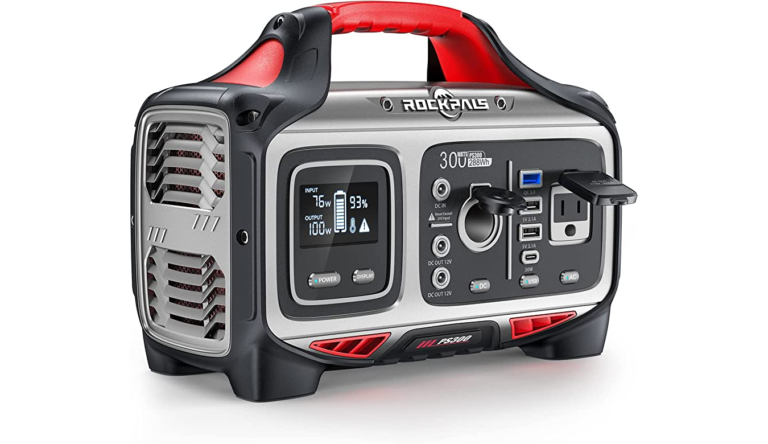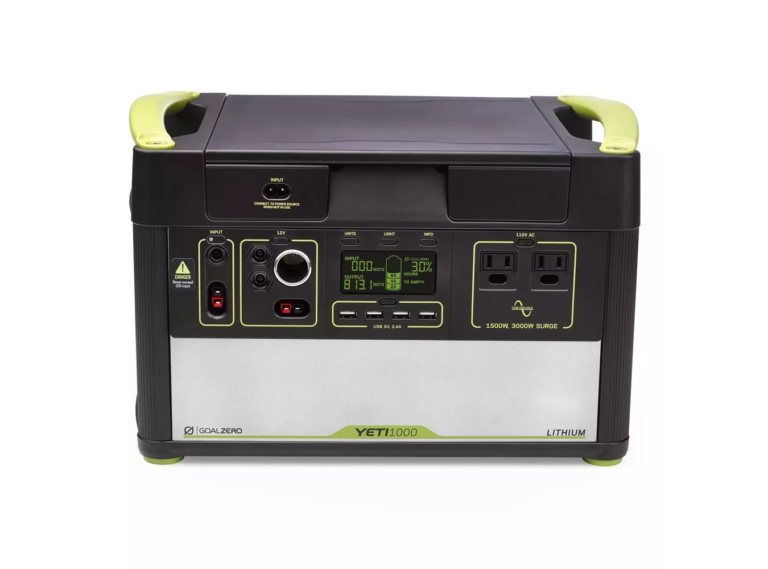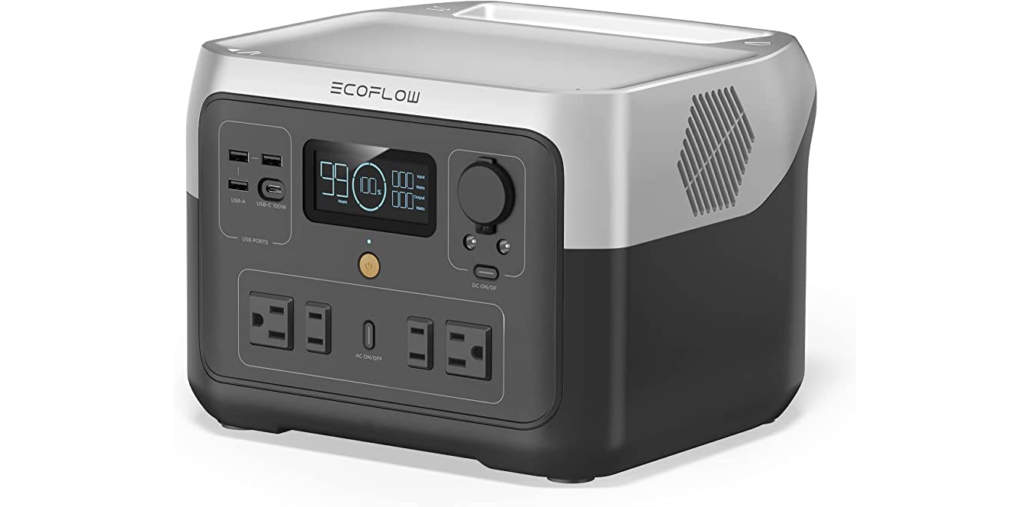The Tourniquet – A Must Have In Your Trauma Kit
A tourniquet is an essential medical device that can be used in life-threatening situations to control severe bleeding. Once applied, the tight band or strap is wrapped around a limb and fastened to restrict blood flow and prevent further bleeding from an injured area.
While commonly used in combat and military settings, these devices are becoming increasingly popular in civilian emergencies, such as car accidents, industrial mishaps or natural disasters. However, it’s important to realize that tourniquets can be extremely dangerous if used improperly, leading to tissue damage or even the loss of a limb. Therefore, it is highly recommended that individuals receive professional training on proper tourniquet use, should the need arise.
In certain dire scenarios, an experienced individual can make all the difference by successfully applying the tourniquet, ensuring the wounded person’s survival.
A Tourniquet In Your Trauma Kit
Regarding emergency medical interventions, having the right tools in a trauma kit can make all the difference in the world. One tool that should be included in your kit is a tourniquet. Whether you are dealing with a severed limb, a deep laceration, a puncture wound, or even a gunshot wound, the ability to stop bleeding quickly and effectively is of the utmost importance.
When applied properly to the affected area or limb, a tourniquet can help to restrict blood flow and reduce the amount of blood loss, thereby stabilizing the patient until further medical assistance arrives.
Basic Rules On How To Apply A Tourniquet
A tourniquet is a life-saving device used to control severe bleeding in an emergency situation. It should only be used as a last resort when direct pressure and other first aid measures are not effective. Here are the basic rules on how to apply a tourniquet:
1. Identify the source of the bleeding. The tourniquet should be placed 2-3 inches above the injury.
2. Apply the tourniquet tightly enough to stop the bleeding, but not so tight that it causes additional damage.
3. Secure the tourniquet in place and note the time of application.
4. Monitor the person’s condition and reassess the tourniquet every 15 minutes to ensure it is still effective.
5. Seek medical attention as soon as possible.
However, it’s essential to be aware of potential complications that may result from prolonged tourniquet use. Nerve and tissue damage are just some of the possible consequences. Therefore, only remove the tourniquet in a medical facility with proper equipment and personnel. Continuously monitoring the patient for any changes in their condition is also crucial.

























